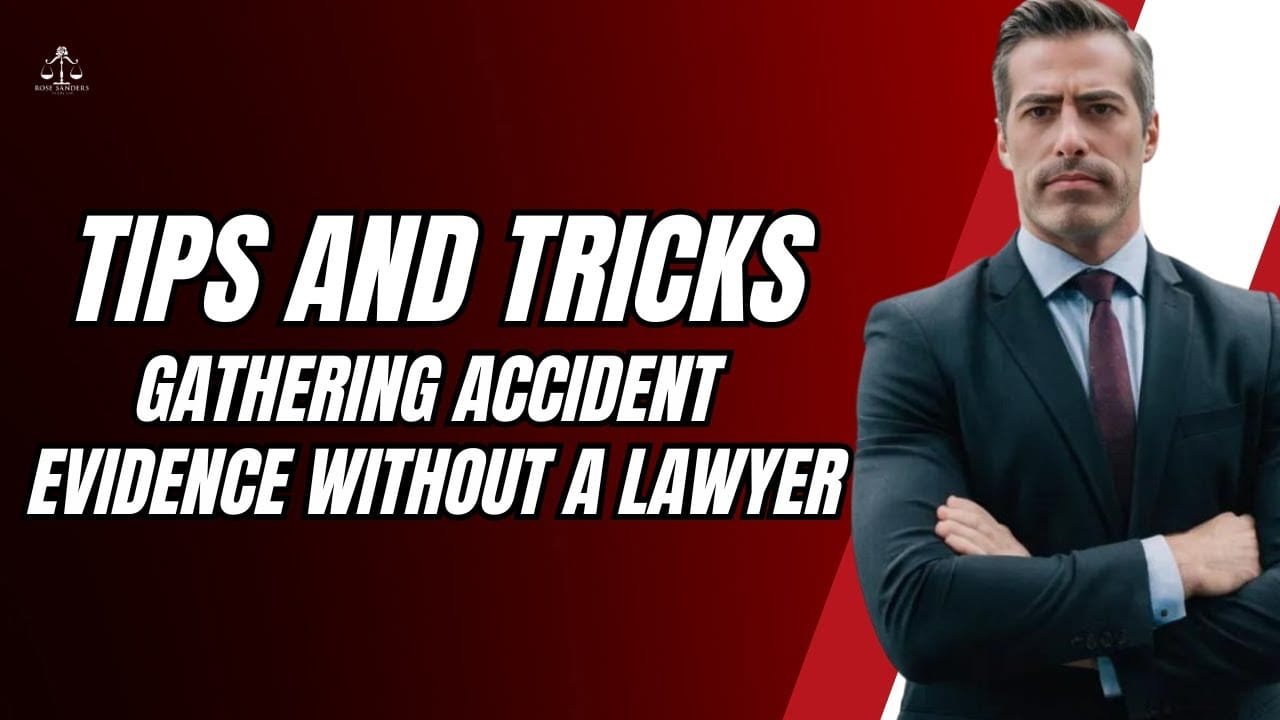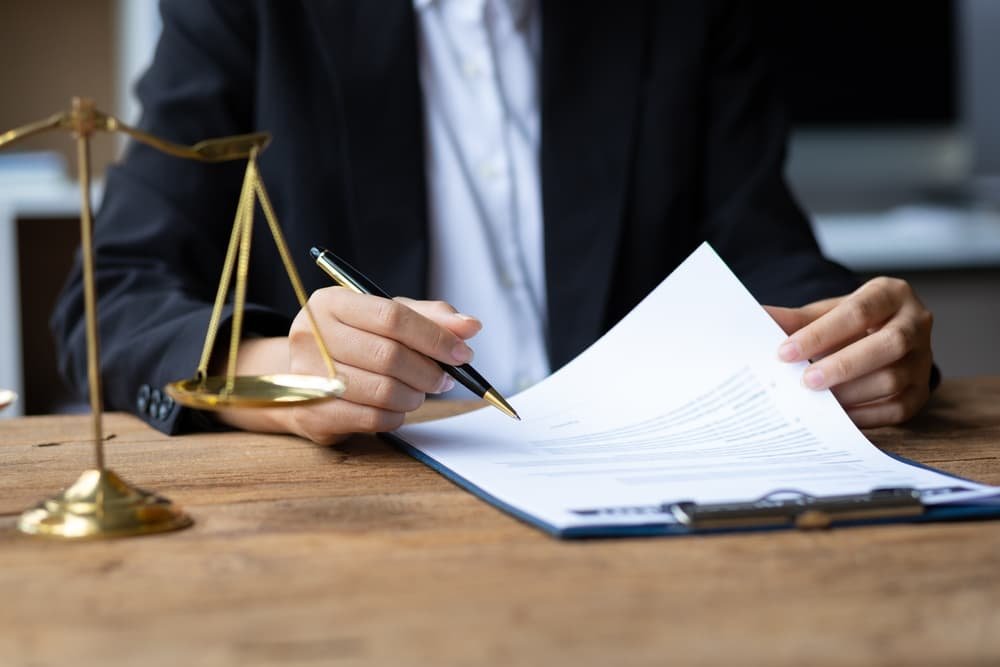Unmasking the Truth: Big Secret Tips & Tricks for Gathering Evidence After an Accident
Related Articles
- The Invisible Threat: Unmasking Distracted Driving’s Impact On Accident Cases
- Unlocking Justice: Your Insider’s Guide To Navigating The Legal Process After An Accident
- Cracking The Code: Big Secret Tips And Tricks For Passenger Rights In Accident Cases
- Accident Lawyers: The Unsung Heroes Of The Legal World
- Don’t Get Stung: Big Secret Tips And Tricks To Avoid Common Mistakes When Hiring An Accident Lawyer
Introduction
Learn how Unmasking the Truth: Big Secret Tips & Tricks for Gathering Evidence After an Accident can support your rights and responsibilities

Accidents happen. Unfortunately, sometimes those accidents lead to injuries, property damage, or even fatalities. When an accident occurs, it can feel like a chaotic whirlwind, leaving you disoriented and unsure what steps to take. However, taking swift and informed action to gather evidence can be crucial in protecting your rights and ensuring a fair outcome, whether you’re involved in a car crash, slip and fall, or workplace injury.
This comprehensive guide delves into the world of evidence gathering after an accident, unearthing hidden tips and tricks to empower you with the information you need to navigate this challenging process.
Why Evidence Matters: Your Case Anchor
First and foremost, understanding the significance of evidence is paramount.
- Protection from False Accusations: In any accident scenario, there’s always the possibility of blame shifting or false accusations.
You need evidence to substantiate your claims and defend yourself against unfair accusations.
- Strengthening Your Case: Solid evidence strengthens your legal position significantly. It provides tangible proof of what transpired, supporting your version of events and bolstering your argument for compensation.
- Negotiating Effectively: Having strong evidence allows you to negotiate more effectively with insurance companies. It gives you leverage and shows them you’re serious about your claim.
Unveiling the Secret Tips & Tricks
Now that you understand the "why," let’s explore the "how."
Here are some insider tips and tricks for effectively gathering evidence after an accident:
1. Act Fast: Time is of the Essence
Time is a precious commodity after an accident. Memories fade, witnesses disperse, and evidence can be lost or tampered with.
- Secure the Scene: If possible, and it’s safe to do so, cordon off the area to prevent further damage or the disturbance of evidence.
- Document Immediately: Start documenting as soon as it’s safe. Take photos and videos of the scene from various angles, capturing damage to vehicles, property, and any visible injuries.
2. Capture Every Detail: The Art of Observation
Pay meticulous attention to your surroundings and gather as much information as possible.
-
Take Notes: Jolt your memory by writing down everything you can recall about the accident: the date, time, location, weather conditions, the names and contact information of everyone involved, and a detailed account of what happened.
-
Locating Witnesses: Identify and speak to any witnesses who may have seen the accident. Get their contact information but remember, do not pressure them or influence their testimony. If possible, obtain a written statement from each witness.
-
Note Vehicle Information: If possible, photograph the license plates, make, model, and damage to all vehicles involved.
3. Medical Attention: Prioritize Your Health
Even if your injuries seem minor, seek immediate medical attention.
- Document Your Injuries: Have your injuries thoroughly documented by a healthcare professional. Preserve all medical records, bills, and receipts related to your treatment. This documentation will be vital in supporting your personal injury claim.
4. The Power of Documentation: Beyond the Obvious
Go beyond the immediate physical evidence.
-
Traffic Records: Obtain official traffic reports from the police department if involved in a vehicular accident. These reports often contain valuable details about the accident, including fault determination.
-
Security Footage: Inquire about the availability of security camera footage near the accident scene. This footage can provide an objective view of what transpired.
-
Electronic Evidence: Remember that your phone, GPS device, or even wearable fitness trackers can contain valuable data related to the accident. Check for location data, timelines, and even any photos or videos you might have captured during the event.
The Step-by-Step Guide to Evidence Collection
Follow these steps to ensure a systematic and effective evidence gathering process:
- Ensure safety: Prioritize your safety and the safety of others at the scene. If necessary, move to a safe location.
- Seek medical attention: Consult a medical professional promptly, regardless of the severity of your injuries.
- Call the police: Report the accident to the authorities. Obtain a copy of the official police report.
- Capture the scene: Take comprehensive pictures and videos of the accident location, damage, and any visible injuries. Include wide shots and close-ups.
- Gather contact information: Exchange contact and insurance information with all parties involved.
- Interview witnesses: Talk to any witnesses who observed the accident and obtain their written statements if possible.
- Document everything: Keep a detailed diary of events, including dates, times, locations, descriptions, and conversations.
- Preserve evidence: Securely store all evidence, including photographs, videos, medical records, police reports, and witness statements.
- Consult an attorney: Seek legal counsel from an experienced personal injury lawyer to discuss your case and legal options.
Review: The Importance of a Comprehensive Approach
As you can see, gathering evidence after an accident requires a meticulous and comprehensive approach. These tips and tricks offer valuable insights to empower you with the knowledge you need to navigate this process effectively. Remember, the more thorough and detailed your evidence collection, the stronger your case will be.
Frequently Asked Questions
Q: How long should I keep my accident evidence?
A: It is advisable to retain all accident-related evidence indefinitely, as you may need it for future legal proceedings or claims.
Q: What if the other party is uncooperative or denies fault?
A: If the other party is uncooperative, continue documenting everything and pursuing all available avenues of evidence collection. A lawyer can guide you on how to proceed effectively in these situations.
Q: Can I use social media posts as evidence?
A: Social media posts can potentially be used as evidence, but it’s crucial to ensure they are authentic and relevant to the case. Consult an attorney to determine the admissibility of social media posts in your specific situation.
Q: What if the accident happened on private property?
A: Even on private property, it’s essential to gather evidence. Photograph the scene, note the conditions, and try to obtain security footage if available.
Q: Can I settle my claim without a lawyer?
A: While you can negotiate with insurance companies, having a lawyer can significantly protect your interests and ensure you receive fair compensation.
Conclusion: Empowering Yourself Through Knowledge
Gathering evidence after an accident may seem daunting, but by implementing these secret tips and tricks, you can confidently navigate this process and protect your rights. Remember, knowledge is power. By understanding the importance of evidence and taking the necessary steps to collect it effectively, you empower yourself to advocate for your needs and pursue a just outcome.
Source URL: https://www.nolo.com/
Closure
We hope this article has provided valuable insights into Unmasking the Truth: Big Secret Tips & Tricks for Gathering Evidence After an Accident. Stay with us for more tips on legal matters and rights!
Stay tuned for more expert tips to elevate your legal journey!
Don’t miss out on future content to help you navigate legal challenges—follow us for the latest updates.
